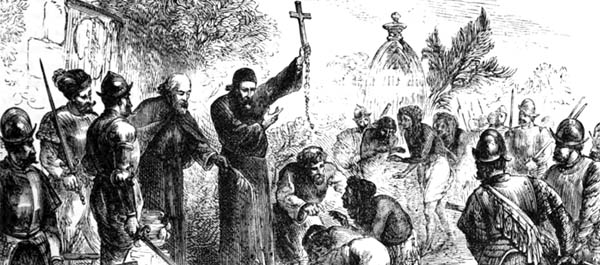
See the Spring 2012 MHQ story The Mohawks’ Fur Frenzy
The French dominated early European fur trading in northern North America but lost their grip following the Beaver Wars of the mid-17th century, a series of bloody clashes touched off by Iroquois tribes eager to monopolize the fur trade and conquer the Huron and other Indians allied with the French.
1534
While in boats off the Canada coast near New Brunswick, French explorer Jacques Cartier is greeted by Indians on shore waving fur on sticks. His men trade knives, iron wares, and a red hat for fur.
1602
French diplomat and naval commander Aymar de Chaste establishes the Canada and Acadia Company, the first formal fur-trading enterprise in the Americas.
1603
Samuel de Champlain—a former soldier and official “geographer” to French king Henry IV—explores the St. Lawrence River valley and forges alliance with the Hurons; five years later, he would establish a trading post at what is now Quebec.
1634
Jean Nicolet, Champlain’s interpreter, explores the Great Lakes region and becomes the first European to see lands that are now Illinois and Michigan.
1638
Iroquois warriors attack the Wenrohronon (Wenro) Indians somewhere in present-day Allegany County, New York, in what many consider the first battle of the Beaver Wars.
1646 France records best year ever in fur trade, shipping out more than 33,000 pounds of pelts.
1648–1649
During a high point of the Beaver Wars, the Iroquois destroy the St. Joseph, St. Ignace, St. Louis, and Sainte-Marie villages along Lake Huron. The Huron withdraw from the region, and French influence wanes.





